USB Connector Guide — Guide to USB Cables
What are USB connectors?
Universal Serial Bus (USB) was developed in the 1990s in an effort to simplify the connections between computers and peripheral devices. It has become widely popular due to its compatibility with many platforms and operating systems, its low cost of implementation, and its ease of use. Most computers that are built today come with several USB ports, and USB is the interface of choice for most home and office peripherals including printers, cameras, modems, and portable storage devices.
USB standards are developed and maintained by an industry body called the USB Implementers Forum (USB-IF). In its original specification, USB defined only two connector types: A and B. Revisions to the specification and demands on manufacturers have expanded the breadth of connectors used for USB devices, but the majority of USB products still use these A and B connector interfaces.


Select the USB connector that you want to learn more about:
More connectors available:
USB A-Type
Found on host controllers in computers and hubs, the A-style connector is a flat, rectangular interface. This interface holds the connection in place by friction which makes it very easy for users to connect and disconnect. Instead of round pins, the connector uses flat contacts which can withstand continuous attachment and removal very well. The A-socket connector provides a "downstream" connection that is intended for use solely on host controllers and hubs. It was not intended for use as an "upstream" connector on a peripheral device. This is critical because a host controller or hub is designed to provide 5V DC power on one of the USB pins. Though not that common, A-A cables are used to connect USB devices with an A-style Female port to a PC or another USB device, and for data transfer between two computer systems. Note: Typically an A-A cable is not intended to connect two computers together or to connect a USB hub between two computers. Doing so may cause irreparable damage to your computers and may even present a fire hazard. Check with the manufacturer before using an A-A cable for data transfer.
Male:
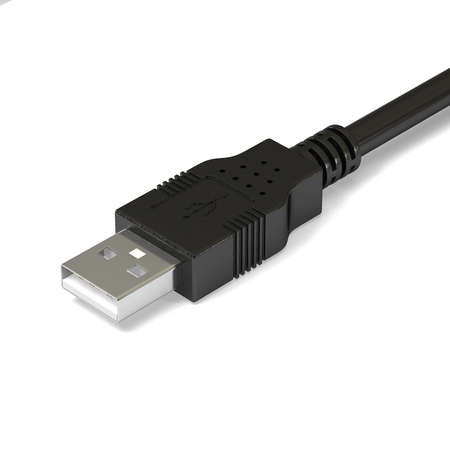
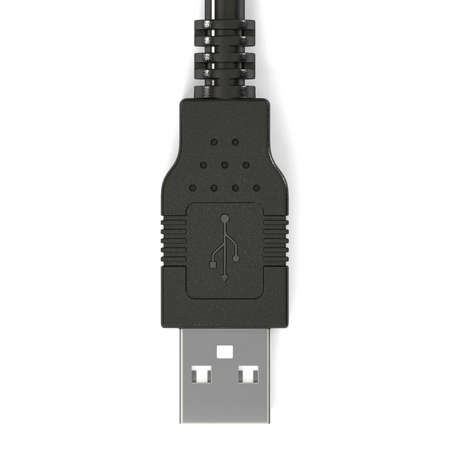
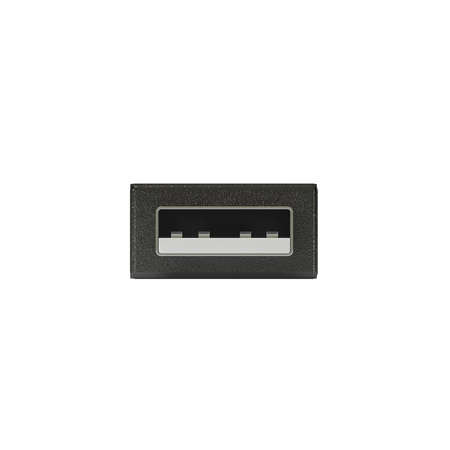
Female:
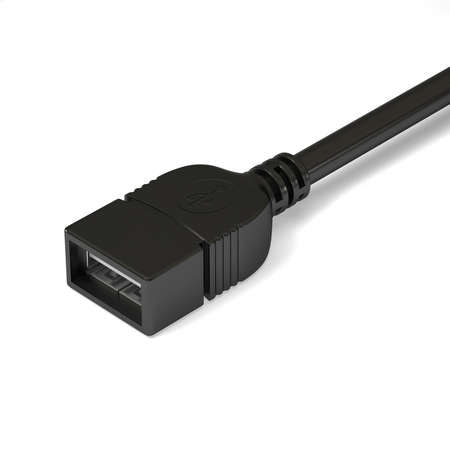
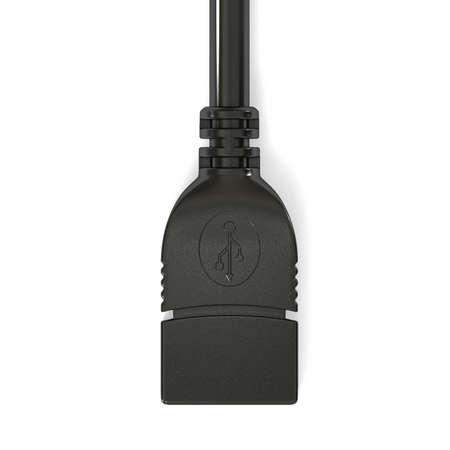
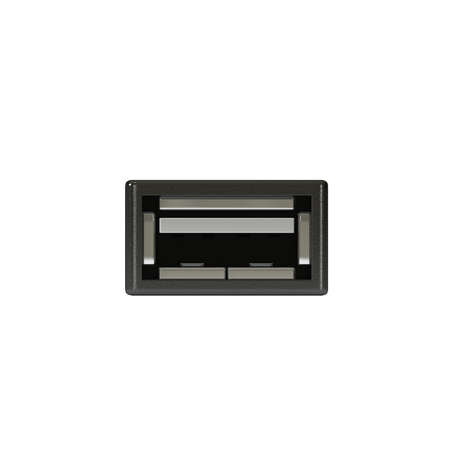
USB B-Type
The B-style connector is designed for use on USB peripheral devices. The B-style interface is squarish in shape, and has slightly beveled corners on the top ends of the connector. Like the A connector, it uses the friction of the connector body to stay in place. The B-socket is an "upstream" connector that is only used on peripheral devices. Because of this, the majority of USB applications require an A-B cable.
Male:
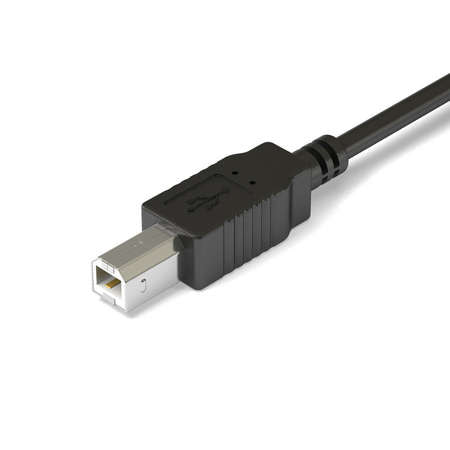
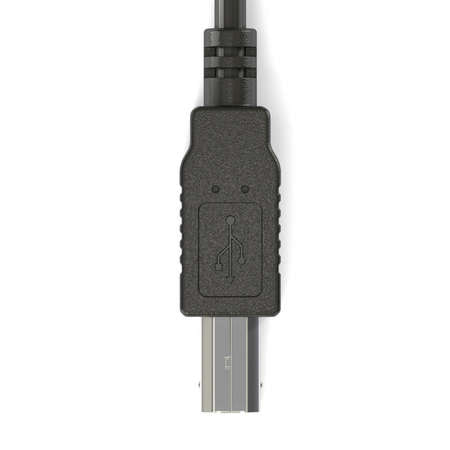
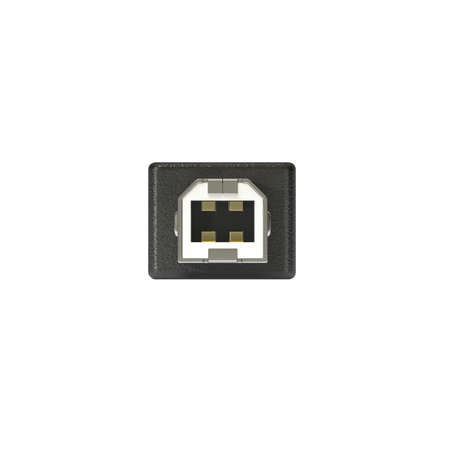
Female:
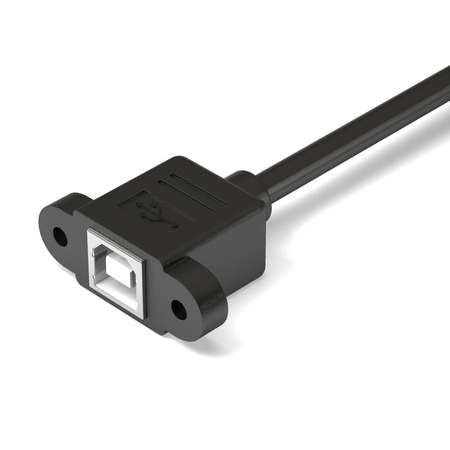
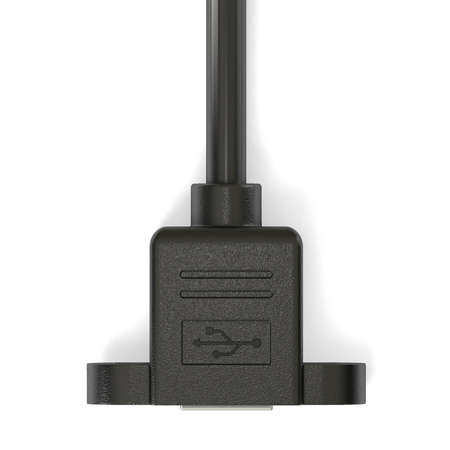
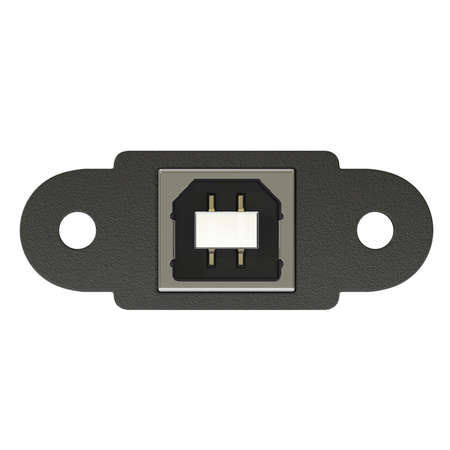
USB C-Type
The USB-C or USB Type-C connector is the newest USB connector on the market. The USB-C connector has a reversible/symmetrical design and can be plugged into any USB-C device using either end. A USB-C cable is capable of carrying USB 3.1, USB 3.0, USB 2.0, and USB 1.1 signals. The USB-C is commonly paired with the USB-A, USB-B, USB Micro-B, and other USB connectors when supporting previous versions of the USB specification. USB-C can be adapted to work with each of these legacy connectors. When connecting two USB 3.1 devices, the USB-C cable will support data transfer rates that are twice the speed of existing USB technology (up to 10Gbit/s), enhanced power delivery of up to 20 volts, 5 amps, and 100 watts for power and charging, and built-in support for DisplayPort video and four channel audio (speaker and microphone).
Male:
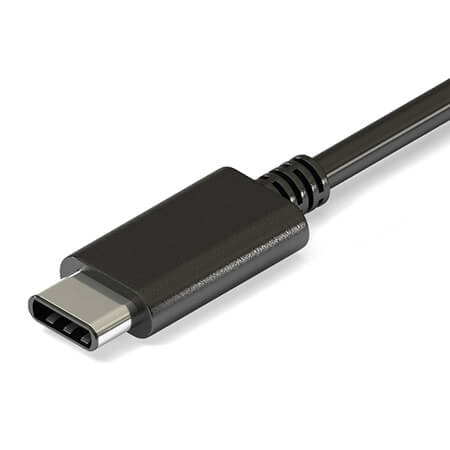
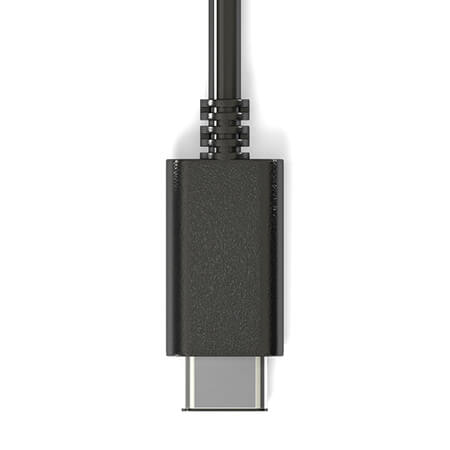
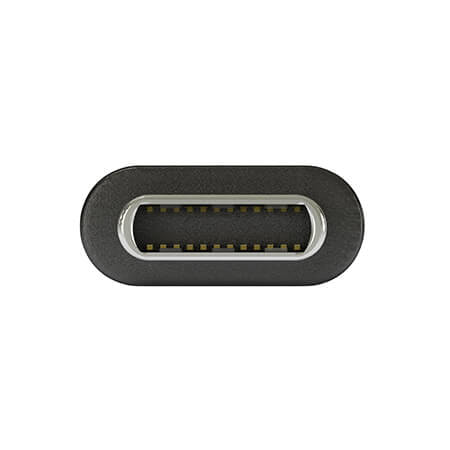
Micro-USB B
Recognized by the USB-IF, this connector can also be found on newer mobile devices such as cellphones, GPS units, PDAs and digital cameras. Micro-USB B offers a connection physically smaller in size to a USB Mini-b, while still supporting the high speed transfer rate of 480 Mbps and On-The-Go features. The connection can be easily identified by its black-colored receptacle and compact 5 pin design.
Male:
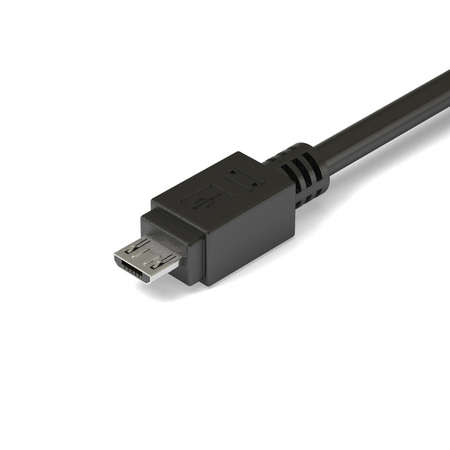
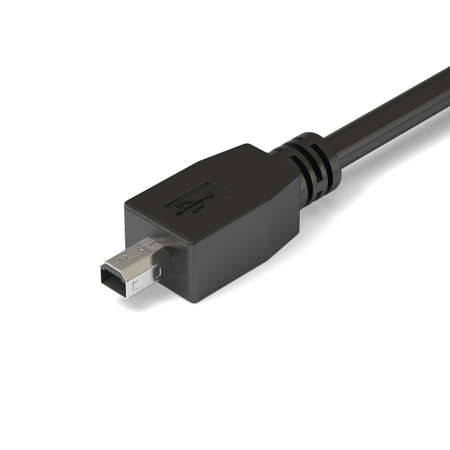
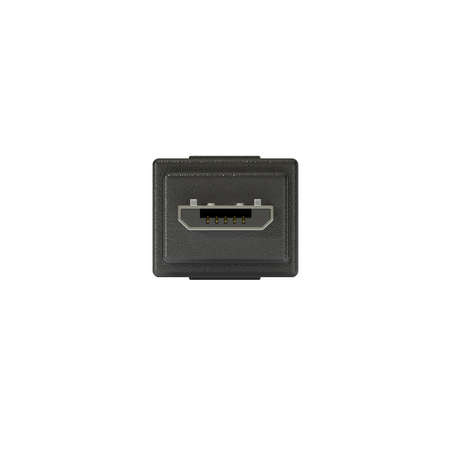
USB Mini-b (5-pin)
One drawback to the B-style connector is its size, which measures almost a half inch on each side. This made the B-style interface unsuitable for many compact personal electronic devices such as PDAs, digital cameras, and cellphones. As a result, many device manufacturers began the miniaturization of USB connectors with this Mini-b. This 5-pin Mini-b is the most popular style of Mini-b connector, and the only one recognized by the USB-IF. By default, a Mini-b cable is presumed to have 5 pins. This connector is quite small, about two-thirds the width of an A-style connector. It is also specified for use in the newer standard called USB On-The-Go which allows peripheral devices to communicate with the presence of a host controller.
Male:
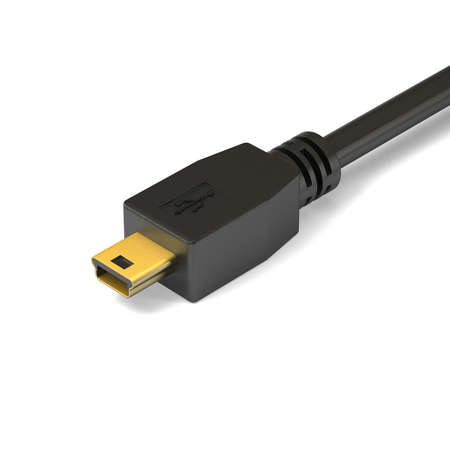
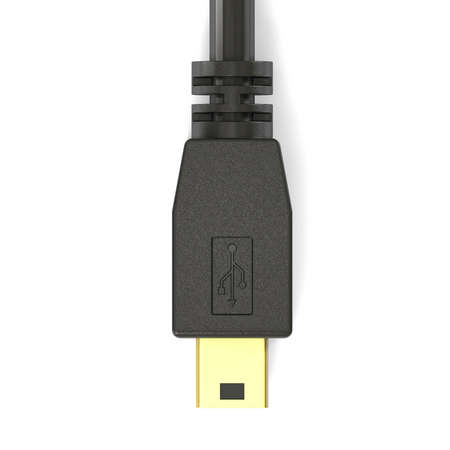
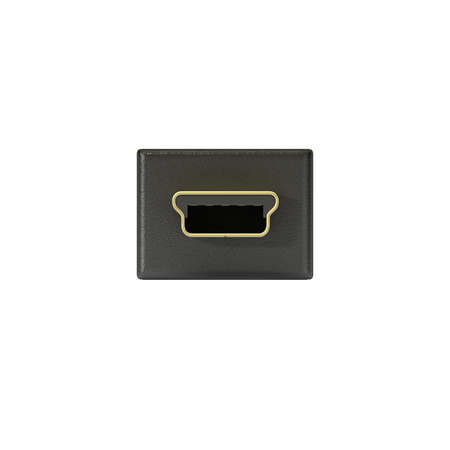
USB Mini-b (4-pin)
Instead of the typical 5-pin Mini-b, this unofficial connector is found on many digital cameras, especially certain Kodak® models. It resembles the shape of a standard B-style connector, with beveled corners; however it is much smaller in size.
Male:
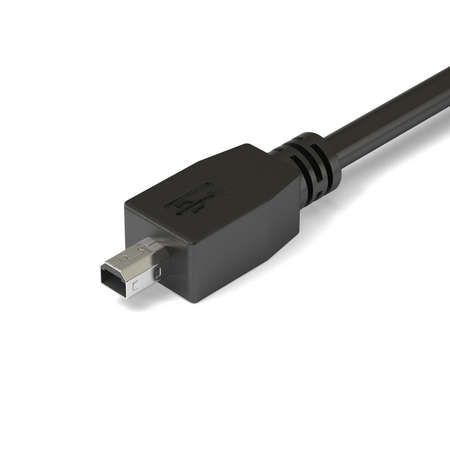
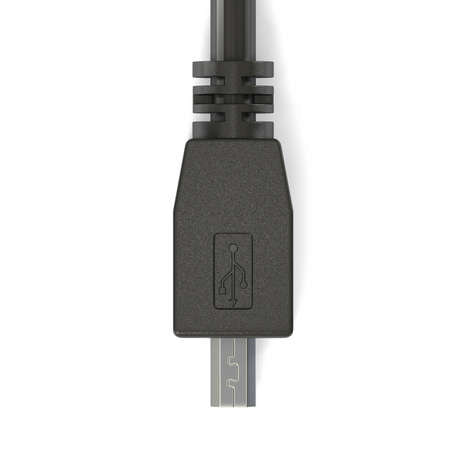
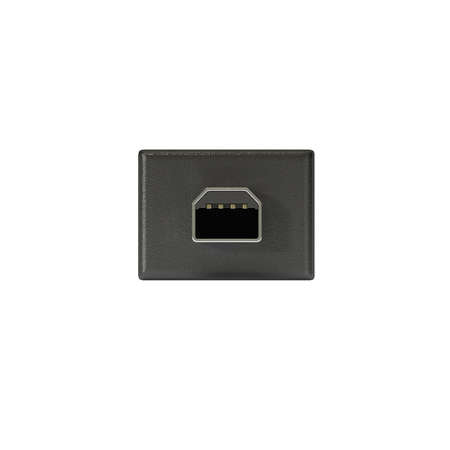
USB 3.0 A-Type
Known as "SuperSpeed", this A-style connector is commonly found on host controllers in computers and hubs, the A-style connector is a flat, rectangular interface. This interface holds the connection in place by friction which makes it very easy for users to connect and disconnect. Instead of round pins, the connector uses flat contacts which can withstand continuous attachment and removal very well. The A-socket connector provides a "downstream" connection that is intended for use solely on host controllers and hubs. This connector is similar in size and shape to the A-Type connector used in USB 2.0 & USB 1.1 applications. However, the USB 3.0 A-type has additional pins that are not found in the USB 2.0 & USB 1.1 A-Type. The USB 3.0 connector is designed for USB SuperSpeed applications; however, it will carry data from slower speed connections, and it is backwards compatible with USB 2.0 ports. USB 3.0 A connectors are often blue in color to help identify them from previous versions.
Male:
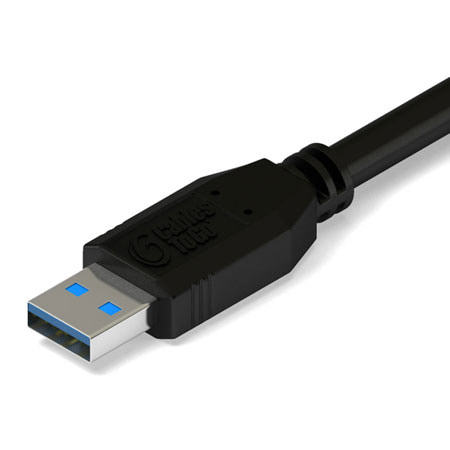
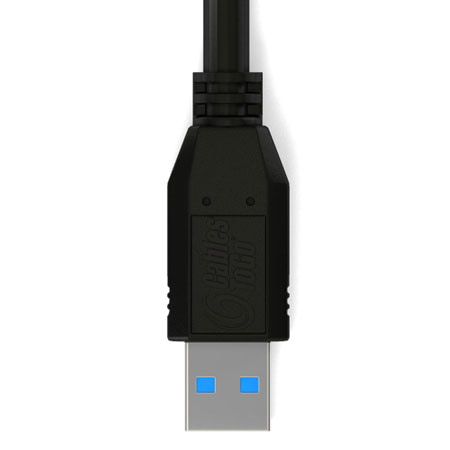
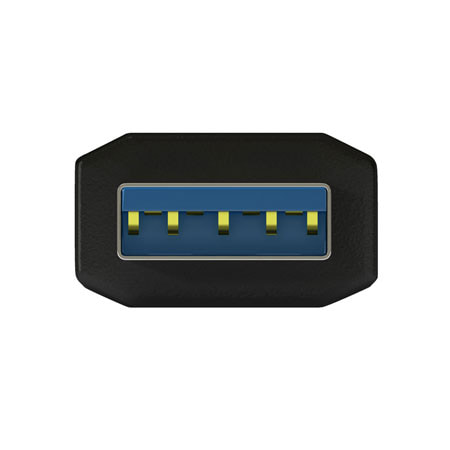
USB 3.0 B-Type
The USB 3.0 B-Type connector is found on USB 3.0 devices. This connector is designed to carry data and power in USB SuperSpeed applications. Cables with this connector are not backwards compatible with USB 2.0 or USB 1.1 devices; however USB 3.0 devices with this connection type can accept previous USB 2.0 and 1.1 cabling.
Male:
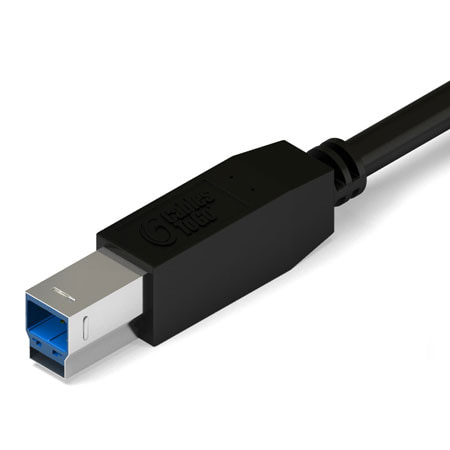
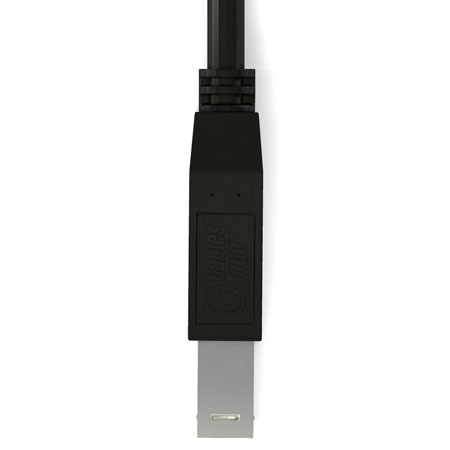
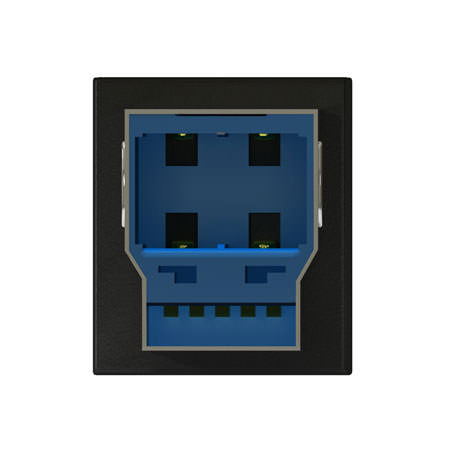
USB 3.0 Micro B
The USB 3.0 Micro B connector is found on USB 3.0 devices. This connector is designed to carry data and power in USB SuperSpeed applications. Cables with this connector are not backwards compatible with USB 2.0 or USB 1.1 devices.
Male:
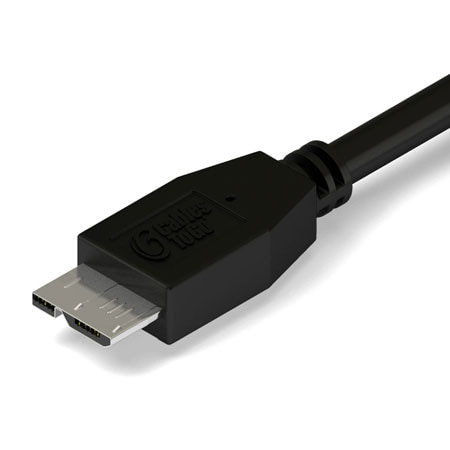
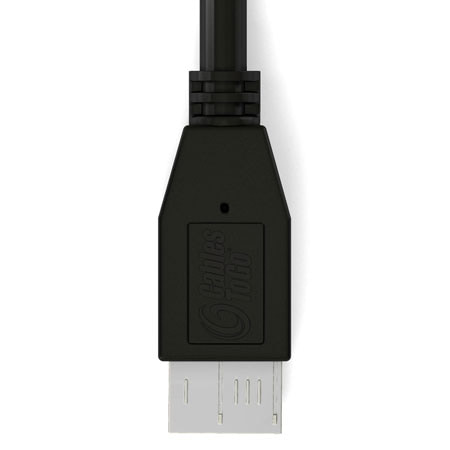
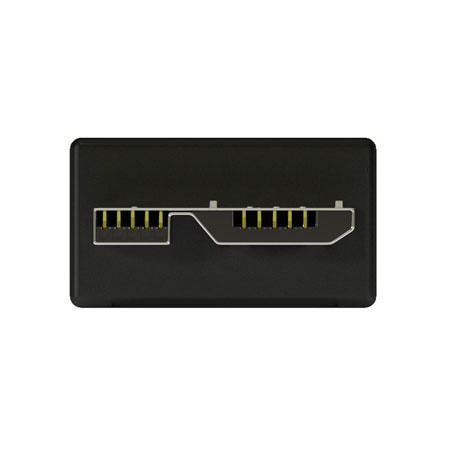
Female:
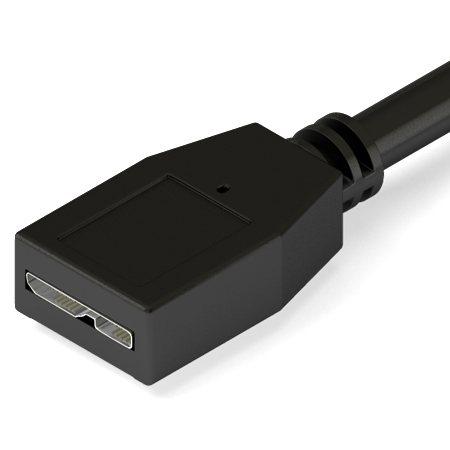
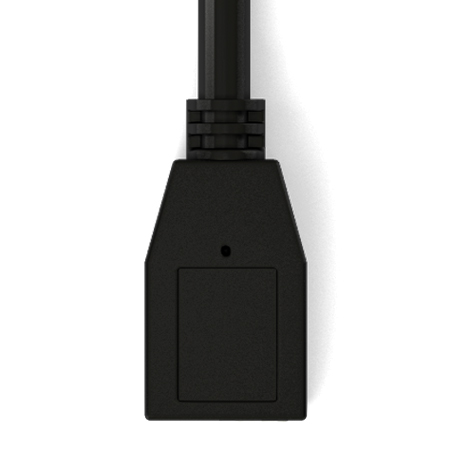
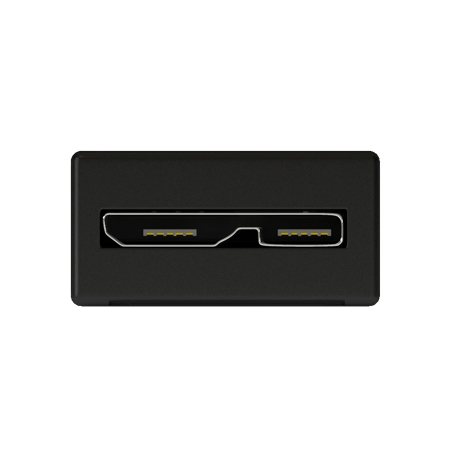
Micro-USB AB
Designed exclusively for USB On-The-Go devices, this versatile connector can accept either a Micro-USB A or Micro-USB B cable connection. This interface can be easily identified by its gray-colored receptacle and compact 5 pin design. This connector type only exists as a receptacle for On-The-Go devices and will not exist on a cable.
Micro-USB A
Recognized by the USB-IF, this connector can be found on newer mobile devices such as cellphones, GPS units, PDAs and digital cameras. Micro-USB A offers a connection physically smaller in size to a USB Mini-b, while still supporting the high speed transfer rate of 480 Mbps and On-The-Go features. The connection can be easily identified by its white-colored receptacle and compact 5 pin design.
Male:
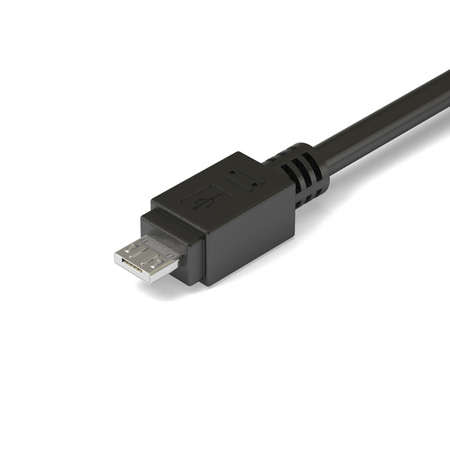
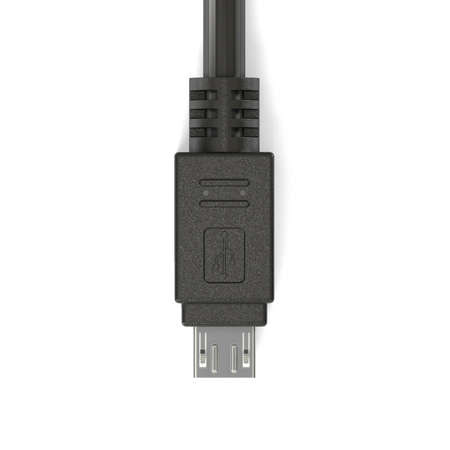
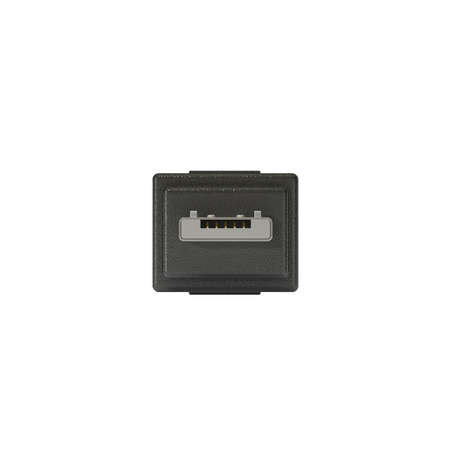
USB Mini-b (Fuji®)
This is another unofficial connector also widely used on digital cameras especially certain models manufactured by Fuji®. It more closely resembles an A-style connector with its flat, rectangular shape.
Source: /usb-connector-guide-to-usb-cables#!dvi-i-dual - Date 24.02.2020г.



